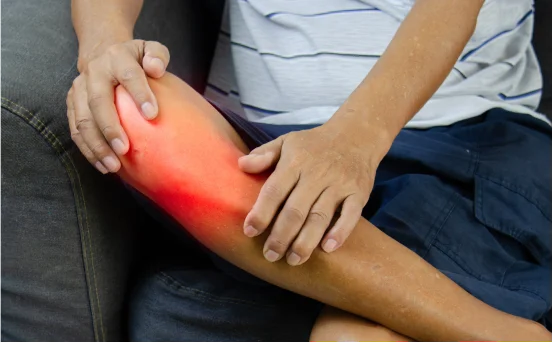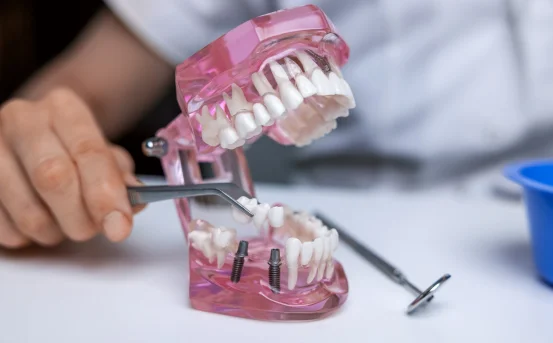Arthroscopy is widely regarded as a safe and minimally invasive surgical procedure used to diagnose and treat joint problems. It’s especially common for conditions affecting the knees, shoulders, elbows, wrists, and ankles. Surgeons use a small camera (arthroscope) inserted through tiny incisions to see inside the joint and carry out necessary repairs making it less invasive than traditional open surgery.
Because of its quicker recovery times, smaller scars, and reduced post-surgical pain, arthroscopy is often preferred by both patients and doctors. However, like any surgery, it does carry certain risks. While complications are rare, understanding the possible side effects ranging from mild discomfort to more serious issues is an important part of preparing for the procedure. Being aware of these risks helps patients set realistic expectations and take informed steps toward a safe and successful recovery.
Understanding Arthroscopy Surgery Risks
- Common and Minor Side Effects :- Most patients experience only mild, short-term side effects after arthroscopy. These include swelling, bruising, stiffness, or mild discomfort around the surgical site. Some soreness is expected as the body heals. Temporary numbness or tingling can also occur if nerves near the area are irritated during the procedure. These symptoms usually improve within a few days or weeks with proper care, rest, and physiotherapy.
- Infection :- Although rare, infection is a possible risk with any type of surgery, including arthroscopy. The chances are very low typically less than 1% but it’s still a concern. Signs of infection may include increased redness, warmth around the incision, fever, and unusual drainage. Infections may be treated with antibiotics, but in severe cases, further surgery may be needed to clean the area.
- Blood Clots (Deep Vein Thrombosis) :- In some cases, especially when surgery is performed on the lower body (like the knee or ankle), there’s a small risk of developing a blood clot in the leg. This condition, known as deep vein thrombosis (DVT), can be dangerous if the clot travels to the lungs. Staying mobile after surgery, wearing compression garments, and following your doctor’s movement instructions can significantly reduce this risk.
- Joint Stiffness or Limited Mobility :- Some patients may experience ongoing stiffness or reduced range of motion after arthroscopy. This can happen if post-operative swelling persists or if scar tissue forms within the joint. Regular physiotherapy and movement exercises are crucial to prevent long-term stiffness and restore mobility.
- Nerve or Blood Vessel Damage :- During arthroscopy, surgical instruments are inserted near nerves and blood vessels. While rare, there’s a slight chance of accidental damage, which can lead to numbness, weakness, or circulation problems. In most cases, any nerve irritation is temporary and improves over time, but more serious cases might require additional treatment..
- Recurrence of Symptoms :- Arthroscopy can help relieve joint pain or correct mechanical issues, but it’s not always a permanent fix especially in cases involving arthritis or degenerative joint conditions. Some people may experience a return of symptoms after a few months or years and may need further treatment or another procedure.
- Anesthesia Risks :- Like all surgeries, arthroscopy is usually done under local, regional, or general anesthesia. Though modern anesthesia is generally safe, there’s always a slight risk of reactions such as nausea, dizziness, allergic responses, or, in very rare cases, complications with breathing or heart function.
Conclusion
Arthroscopy is a widely performed and generally safe procedure that offers quicker recovery and fewer complications than traditional joint surgeries. Still, understanding the risks no matter how small is essential for making informed decisions about your health.
Most of the complications are rare and preventable with the right surgical team, proper aftercare, and following post-op instructions closely. If you’re preparing for arthroscopy or considering it as an option, don’t hesitate to ask your doctor about possible risks and how they’ll be managed. Being informed is one of the best ways to support a safe and smooth recovery.























